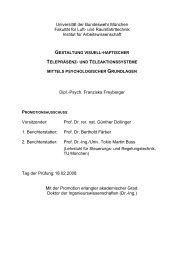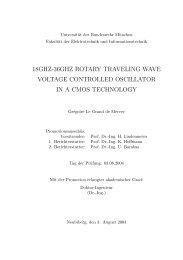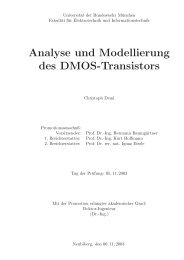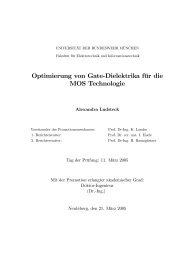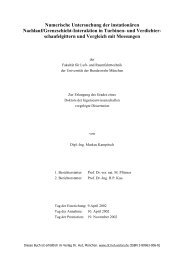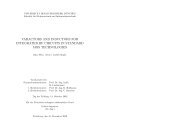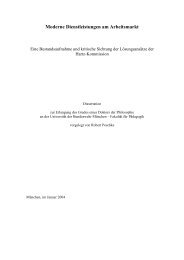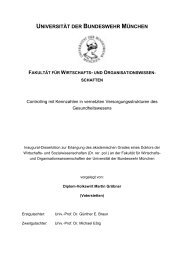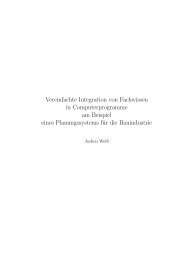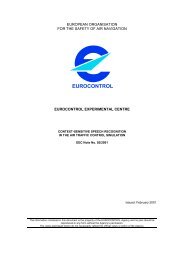Precise Orbit Determination of Global Navigation Satellite System of ...
Precise Orbit Determination of Global Navigation Satellite System of ...
Precise Orbit Determination of Global Navigation Satellite System of ...
Create successful ePaper yourself
Turn your PDF publications into a flip-book with our unique Google optimized e-Paper software.
Summary<br />
GNSS-2 (<strong>Global</strong> <strong>Navigation</strong> <strong>Satellite</strong> <strong>System</strong> <strong>of</strong> Second Generation) is a new generation <strong>of</strong> satellite-based<br />
navigation system. The primary goal is to improve the existing satellite systems such as GPS and GLONASS.<br />
Europe's contribution to a new navigation satellite system <strong>of</strong> GNSS-2 is called Galileo.<br />
The typical space segment <strong>of</strong> a GNSS-2 system is composed <strong>of</strong> inclined geosynchronous (IGSO), geostationary<br />
(GEO) and Medium Earth <strong>Orbit</strong> (MEO) satellites. The space segment <strong>of</strong> the Galileo system is now only<br />
composed <strong>of</strong> MEO satellites. With this new satellite navigation system precise navigation and positioning with<br />
accuracy <strong>of</strong> at least 10 meters without differential techniques may be achieved. Therefore high precision orbit<br />
determination is required for successful applications <strong>of</strong> GNSS-2/Galileo systems with this accuracy level.<br />
The precise orbit determinations <strong>of</strong> IGSO, GEO and MEO satellites are discussed using dynamic and kinematic<br />
methods in this dissertation. The effort is focused, however, on IGSO and GEO satellites on ground tracking<br />
stations.<br />
In Chapter 1, GNSS-2/Galileo development plan and phase are presented. In Chapter 2, the basic observations <strong>of</strong><br />
orbit determination are discussed; in Chapter 3 current systems used for various orbit determination applications<br />
are evaluated; in Chapter 4 major sources <strong>of</strong> observation errors are analyzed; in Chapter 5 perturbations on<br />
IGSO, GEO and MEO are modeled and estimated; in Chapter 6 major algorithms <strong>of</strong> orbit determination <strong>of</strong><br />
IGSO, GEO and MEO, for examples, dynamic, reduced dynamic and kinematic methods are developed and<br />
discussed; in Chapter 7 high accuracy <strong>of</strong> IGSO and GEO orbit determination using carrier phase observation are<br />
discussed; in Chapter 8 a serious problem <strong>of</strong> GEO orbit determination during satellite maneuvers is presented<br />
and solved, and finally in Chapter 9 the simulation results <strong>of</strong> a possible satellite tracking system <strong>of</strong> GNSS-<br />
2/Galileo are presented.



